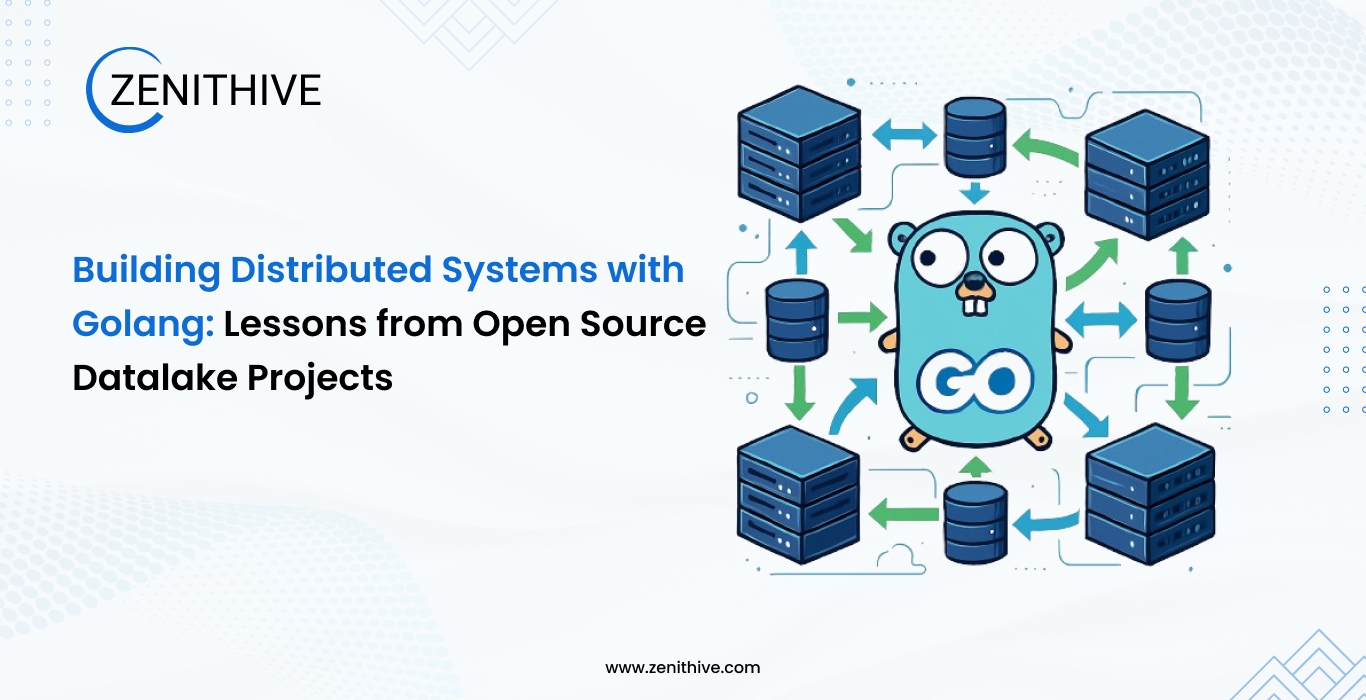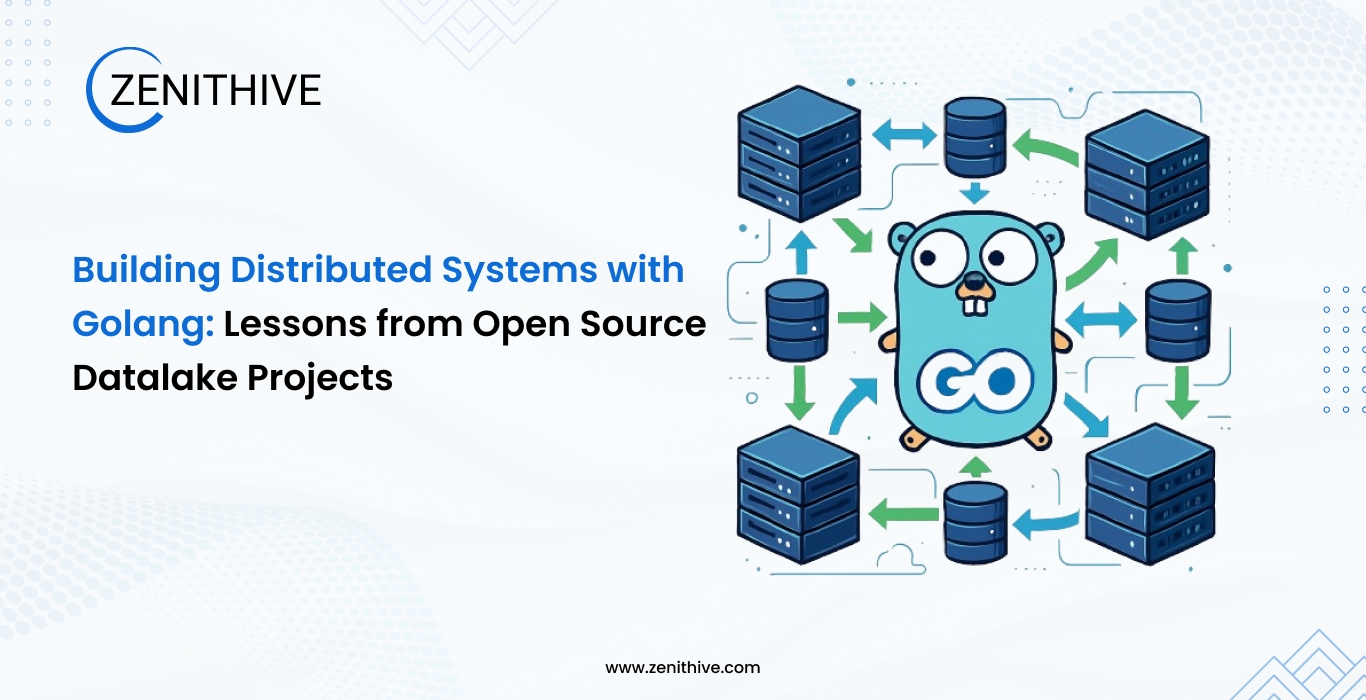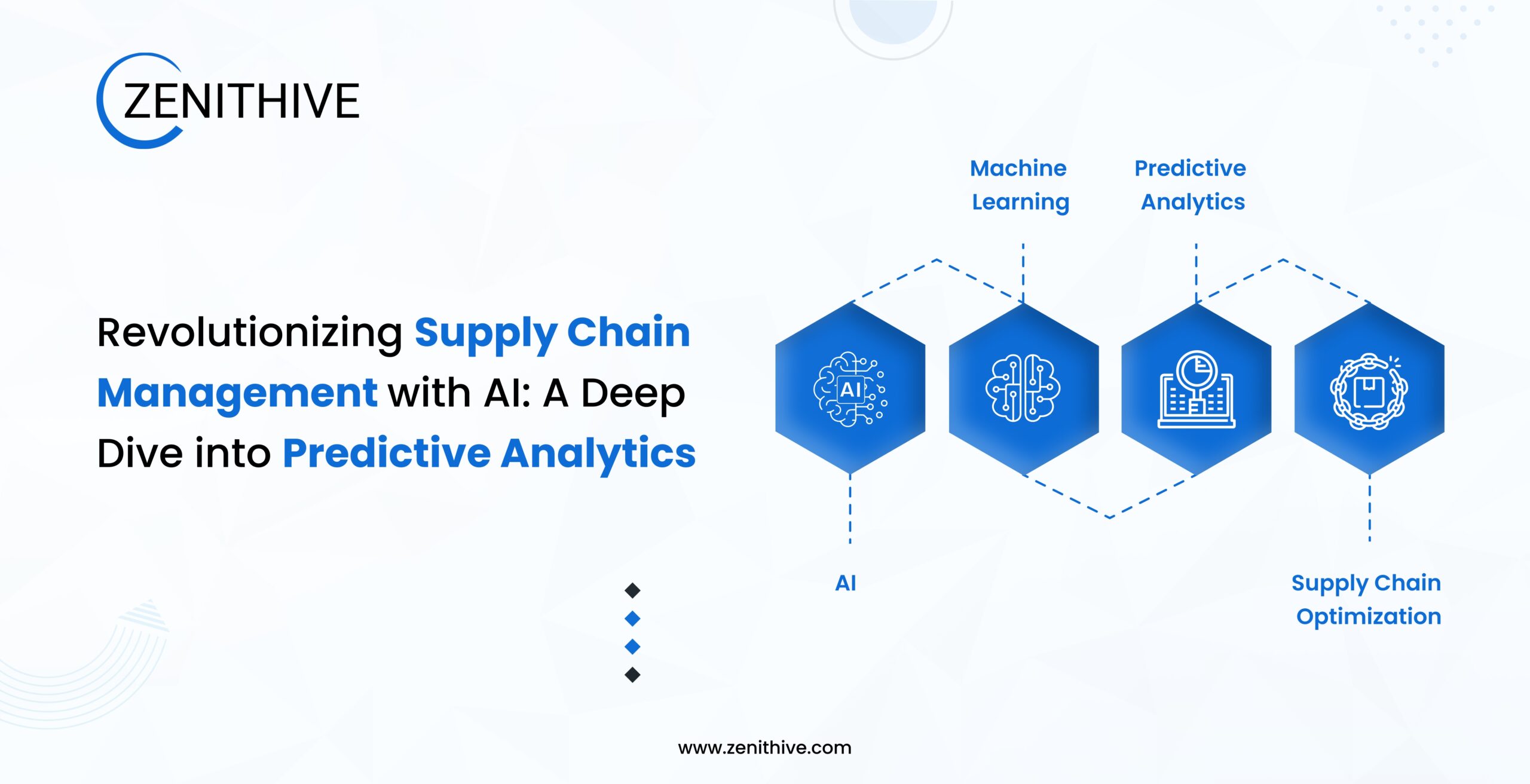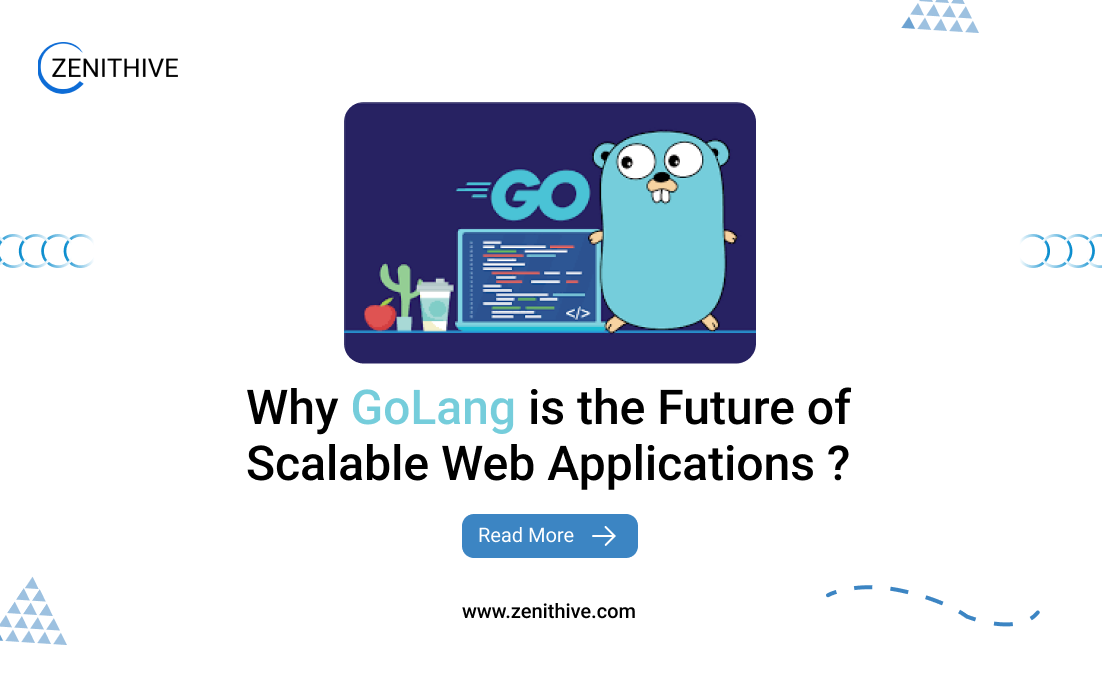Building Distributed Systems with Golang: Lessons from Open Source Datalake Projects

Introduction
Every modern business runs on data. Whether it’s a fintech startup crunching millions of transactions per second, or an AI platform feeding petabytes of training data into models, the need for scalable distributed systems has never been greater.
At the center of this evolution lies the datalake—a storage and processing layer designed to hold massive amounts of structured and unstructured data. Unlike traditional databases, datalakes must deal with streaming ingestion, flexible schemas, distributed storage, and high-speed query execution.
That’s where Golang (Go) comes in. Born at Google to solve problems of concurrency and scalability, Go has quietly become the backbone of several open-source distributed systems and datalake projects. From MinIO’s object storage, to etcd’s consensus layer, to ClickHouse’s analytical engines with Go bindings, Go has proved itself as a language uniquely suited for the job.
At Zenithive, we’ve seen this first-hand. Our team specializes in building scalable distributed applications using Go, Node.js, and Angular. Whether it’s architecting data-heavy MVPs for startups or designing resilient cloud-native infrastructures, our engineers draw heavily from the lessons taught by these open-source giants.
This blog explores what building distributed systems with Go looks like, and—more importantly—the lessons we can learn from real-world datalake projects.
Why Golang for Distributed Systems?
Before diving into lessons, let’s understand why Go is often the first choice for distributed data infrastructure.
1. Concurrency without Complexity
Traditional languages like Java and C++ support concurrency but require boilerplate-heavy thread management. Go simplifies this with:
- Goroutines: Lightweight threads managed by the Go runtime.
- Channels: Native constructs for safe communication between goroutines.
- select: Non-blocking I/O handling with simple syntax.
This makes it easier to spin up thousands of concurrent workers for data ingestion, transformation, or query execution—without blowing up memory.
func ingest(dataStream chan string) {
for record := range dataStream {
fmt.Println(“Ingested:”, record)
}
}
At Zenithive, we use this same concurrency-first approach when designing parallel ingestion pipelines for real-time data workloads.
2. Networking First-Class Citizen
Distributed systems are networks of services. Go’s standard library includes robust support for HTTP, gRPC, WebSockets, and raw TCP/UDP without external dependencies.
That’s why projects like NATS (messaging system) and etcd (distributed key-value store) use Go to handle massive network I/O at low latency. Zenithive applies these same patterns when building event-driven architectures for clients who need low-latency messaging across distributed nodes.
3. Simplicity & Maintainability
Go avoids complexity by design. For distributed system teams—often large and geographically spread—this simplicity reduces onboarding friction and long-term maintenance costs.
At Zenithive, this is critical for MVP builders: it ensures that early-stage products can be scaled and handed off to growing teams without accumulating excessive technical debt.
4. Performance that Scales
While not as low-level as C, Go delivers near-C performance for many workloads. For datalake projects handling petabytes of logs, CPU efficiency and predictable memory usage matter more than micro-optimizations.
We’ve seen Go-based systems outperform Python and even some Java implementations in real-world data-intensive scenarios.
Lessons from Open Source Datalake Projects
Let’s explore how open-source projects have used Go to tackle distributed system challenges—and how these lessons inform Zenithive’s engineering practices.
1. Architecture & Design
- MinIO separates ingestion, storage, and metadata layers.
- etcd abstracts consensus into a clean Raft implementation.
💡 Zenithive takeaway: Keep services focused. We design ingestion, storage, and querying as separate, scalable units—avoiding the trap of monolith datalakes.
2. Scalability through Concurrency
- MinIO spawns goroutines per request.
- ClickHouse Go clients stream millions of rows asynchronously.
💡 Zenithive practice: We apply worker pool patterns in Go to handle parallel data processing across ingestion pipelines.
func worker(id int, jobs <-chan int, results chan<- int) {
for j := range jobs {
results <- j * 2
}
}
This design has powered MVPs we’ve built that scale seamlessly from thousands to millions of requests.
3. Data Consistency & Reliability
- etcd ensures strong consistency with Raft.
- CockroachDB relies on Go-based consensus to maintain SQL-like guarantees.
💡 Zenithive practice: We integrate proven Raft libraries instead of reinventing consensus, ensuring cluster consistency without performance penalties.
4. Performance Optimization
OSS projects show how to optimize at scale:
- Prefer structs over interfaces.
- Use sync.Pool to recycle objects.
- Optimize buffer management.
💡 Zenithive application: These patterns directly inform how we reduce latency and memory leaks in client datalake MVPs.
5. Ecosystem & Tooling
- gRPC-Go for RPC.
- Prometheus client-go for metrics.
- NATS for messaging.
💡 Zenithive practice: We leverage Go’s ecosystem to speed up development, ensuring clients get production-ready systems faster.
Challenges & How to Overcome Them
- Concurrency Bugs → Debug using Go’s -race flag.
- Schema Evolution → Adopt columnar formats like Parquet.
- Cross-Node Failures → Implement retries, exponential backoff, circuit breakers.
- Operational Complexity → Bake observability (Prometheus + OpenTelemetry) from day one.
At Zenithive, we don’t treat observability as an afterthought—it’s a core design principle.
Real-World Case Studies
- MinIO: Distributed object storage in Go. → Lesson: modular microservices with parallel I/O.
- etcd: Raft-based consensus. → Lesson: reliability at massive scale.
- NATS: Lightweight messaging. → Lesson: simplicity drives performance.
- Apache Arrow Flight (Go bindings): Lesson: Go + gRPC = high-performance transport.
Zenithive adapts these lessons into real-world projects, helping startups evolve MVPs into production-ready distributed systems.
Best Practices from Zenithive
- Start with clear service boundaries.
- Design for failure—assume every network call can fail.
- Invest in observability early.
- Reuse proven Go libraries.
- Prioritize simplicity.
At Zenithive, we apply these lessons every day. Our expertise in Golang, Node.js, and Angular allows us to help startups and enterprises build MVPs that scale into production-grade distributed systems.
If you’re building the next big data platform—or struggling to scale an existing one—Zenithive can help you architect, design, and deliver a solution inspired by the best of open-source datalake systems.
👉 Let’s build distributed systems that last.
📩 Email: info@zenithive.com
🌐 Website: www.zenithive.com



